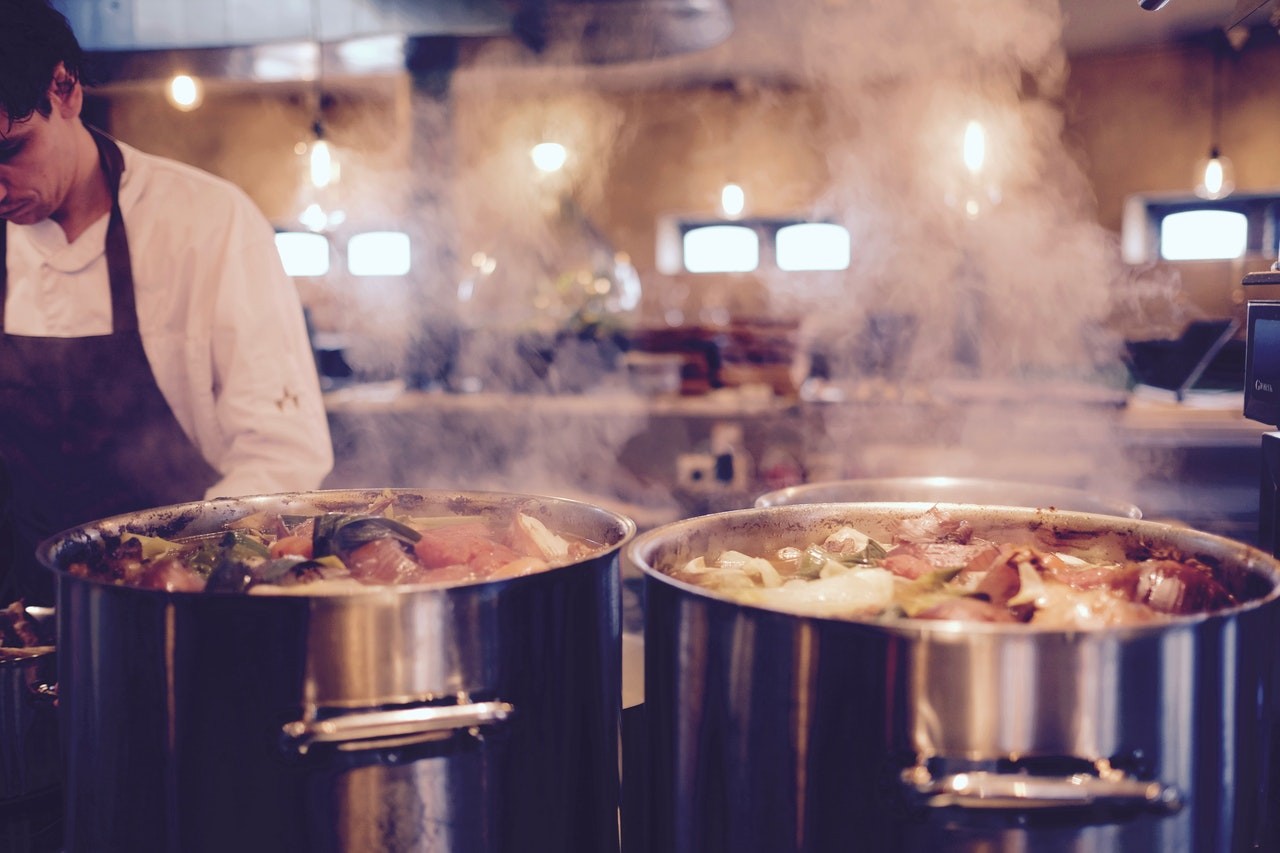Local fire department officials perform annual inspections to assess and eliminate potential fire and life safety hazards in restaurants. One of the primary goals of inspections is to ensure that all required codes and standards are being followed by the eating establishment.
NFPA 101, International Fire Code and NFPA 96 are standards that were created through a consensus of industry representatives that includes code officials, manufacturers, system installers, and other specialists in the field. As a restaurant owner/operator, it is good practice to be as knowledgeable as possible on these codes and standards in order to stay compliant.
Preparing for your annual inspection is key to developing a good working relationship with the fire inspector and gaining positive results. With the following fire inspection survival guide for restaurants, we aim to give you the facts you need to pass with flying colors.
Acing the Restaurant Fire Inspection
First, you'll want to have reports from all previous inspections documented and accessible, and always make sure that any issues from previous inspections have been resolved.
The inspection is typically unscheduled or unannounced, so in the case it's inconvenient for you, or you're unprepared -- it's acceptable to ask that the fire inspector reschedule the inspection.
Make sure to accompany the fire inspector with keys to all areas, and take notes even though the inspector will likely give you a report when the inspection has been completed. These notes may give you additional insight into the inspector's thought process, and they may provide valuable information for future inspections.
Areas the Fire Marshal will be Inspecting
Exits
Maintaining means of egress or exits is critical to providing proper life and fire safety in your facility. Making sure all exit doors are accessible, well lit, properly identified, and in working order will be key components of the inspection.
Security of your facility can be a major concern because of theft or unauthorized access from both outside and within a business. Securing doors with unapproved locks, chaining doors, covering doors so they're not readily discernible by building occupants, etc. and may not comply with the inspector's means of egress standards.
Talk with your fire inspector to resolve these issues so your building is both safe and secure.
Flammables
Storage of combustible materials must be maintained in an orderly fashion, away from flame-producing appliances, and at least 18-inches below the fire sprinklers. Any combustible or flammable liquids must be in approved containers and storage cabinets.
There are specific limits on the amount of combustible and flammable liquids by type of occupancy as well as specific storage arrangements. Cleanliness and orderliness are crucial to increasing fire protection: the fire marshal will check that your facility is clean and organized.
Electrical
Typically, the inspector will look for exposed wiring or improperly insulated wiring. Other electrical-related issues, such as making sure all electrical receptacles have cover plates should also be addressed.
It's required that circuits be properly labeled on all electrical panels and that clear access of 30 inches must be maintained in front of all electrical panels.
Extension cords are not allowed except when used for temporary power. All extension cords must be heavy duty, in good condition, and only used for small appliances. Extension cords are required to be grounded, and if multiple items need to be plugged in, power strips with built-in circuit breakers are to be used, and they must be plugged directly into a permanent receptacle.
Fire Protection/Suppression and Fire Alarm Systems
In the event of a fire, what are the systems you have in place to stop it or slow its pace long enough for the fire department to arrive?
Fire extinguishers should be evenly distributed throughout your building and should be fully operative when tested. Sprinklers, suppression systems, and kitchen exhaust hood systems will be checked as well.
Give the fire inspector copies of all of your system or equipment inspection, testing, and maintenance (ITM) reports. Review these reports with the inspector and let the inspector know that any issues noted previously have been corrected.
Fire-protection systems ITM and results reports are required by all the national codes and standards and likely by your insurance carrier.
Concluding the Inspection
Prove your dedication to making your facility as safe as possible by working positively with the fire department to achieve compliance. Ask questions and make sure you fully understand all issues.
If there are corrections required, identify who is responsible for making them. In many cases the building owner is different than the business owner, so the responsibility must be determined for each item. In many cases, the building owner and business owner are responsible by lease agreement.
If there are costly items requiring attention, discuss alternatives and compliance timeframes with the inspector. Fire inspectors are most interested in gaining compliance and making your facility safer without causing you financial difficulties. They are usually willing to negotiate a fair amount of time for you to make this happen.
In most cases, compliance items are easily corrected on site and will not cost a great deal of money or require a great deal of effort to do so.

